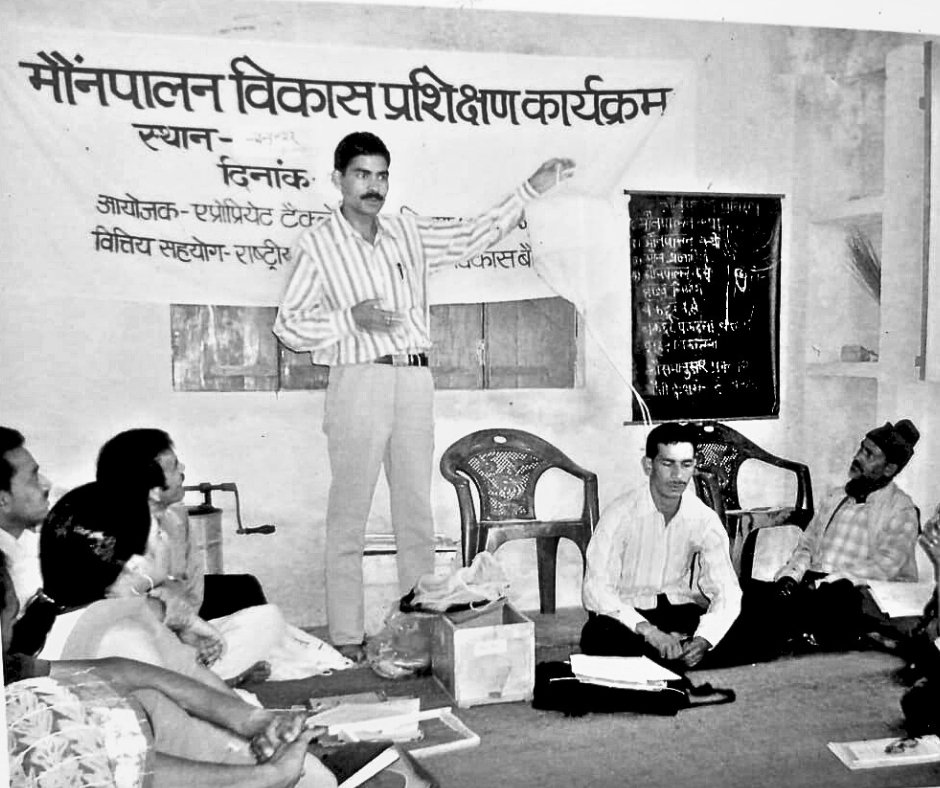


Empowering Communities, Sustaining Nature
Appropriate Technology India was founded in 1994 as one of the earliest societies in the Central Himalayan Region. The organization was established with "Environment and Livelihoods of the People of Himalayas" as its core concern, emerging during India's economic liberalization period to address the unique challenges facing remote mountain communities. The founding vision was revolutionary for its time - proving that environmental conservation and livelihood enhancement could work hand in hand with the theme, conservation through enterprise development.
Historical Significance and Legacy
AT India's 30-year+ journey represents a unique model of sustainable mountain development that has:Proven Integration Possible: Demonstrated that environmental conservation and economic development can complement each other.Pioneered Women-Led Development: Created 19,109 women beneficiaries through innovative programs.Preserved Traditional Knowledge: Combined traditional practices with modern techniques for sustainable impact.Built Disaster Resilience: Developed comprehensive disaster management capabilities crucial for mountain regions.Created Scalable Models: Programs have been replicated and scaled across the Himalayan region.
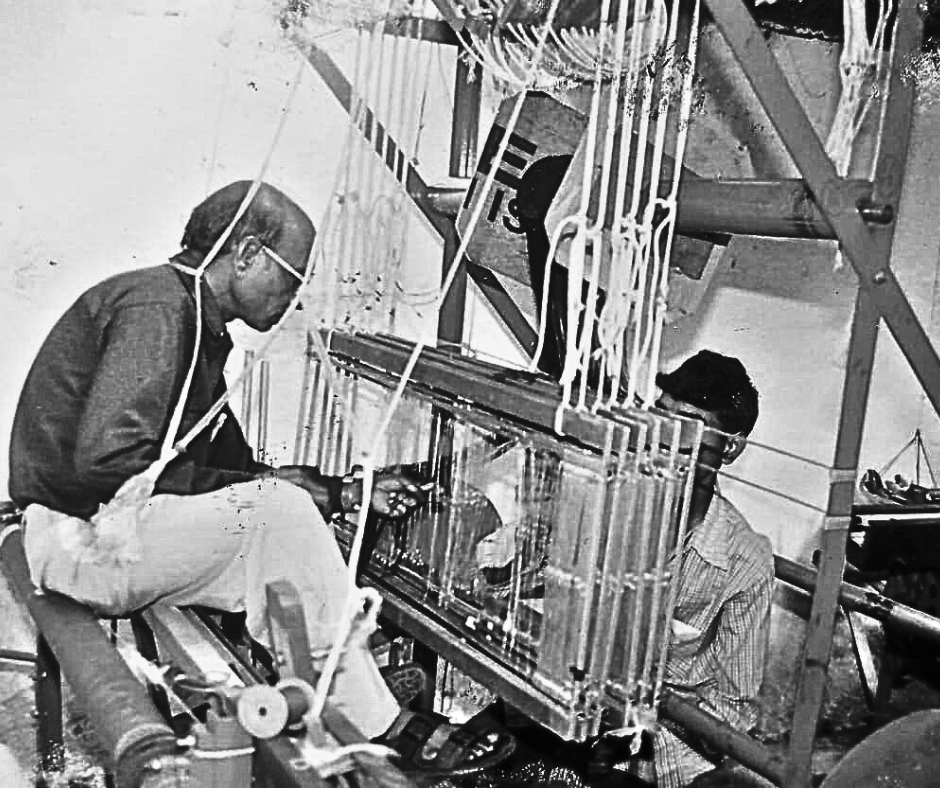


From Vision to Action: Conservation through Enterprise
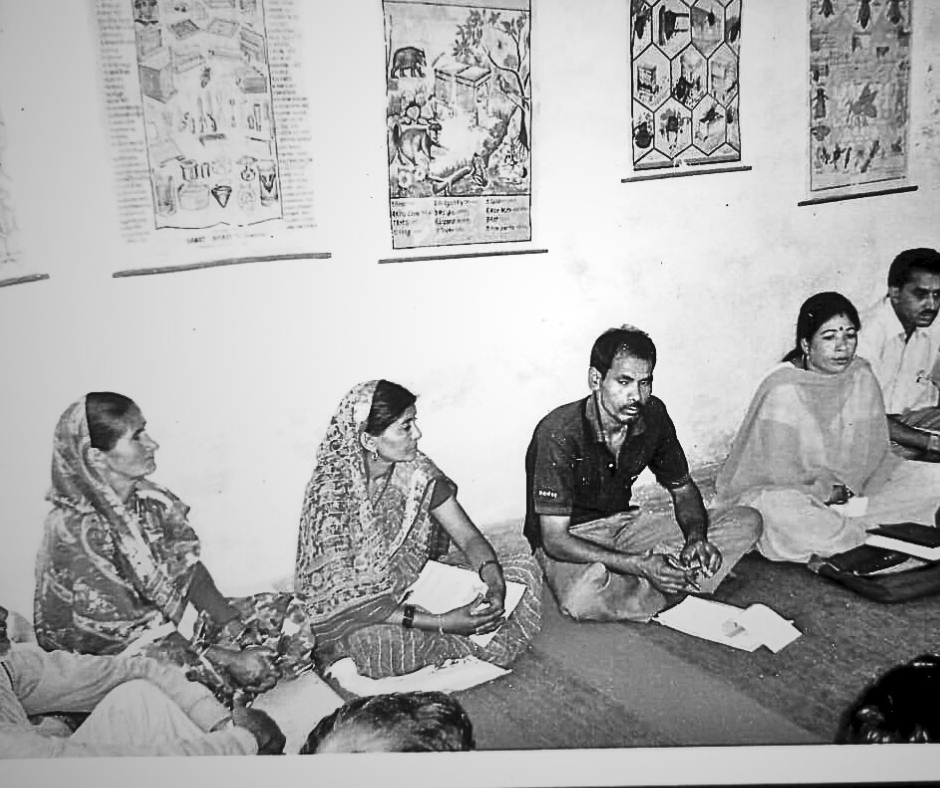
Early Development Phase (1994-2000)
- Program Initiation: Commenced operations in sericulture and Apis cerana beekeeping sub-sectors.
- Geographic Focus: Initially worked in remote villages of what was then Uttar Pradesh (now Uttarakhand).
- Methodology: Developed action-research approach on human and environmental aspects.
- Community Building: Established initial trust and engagement with mountain communities
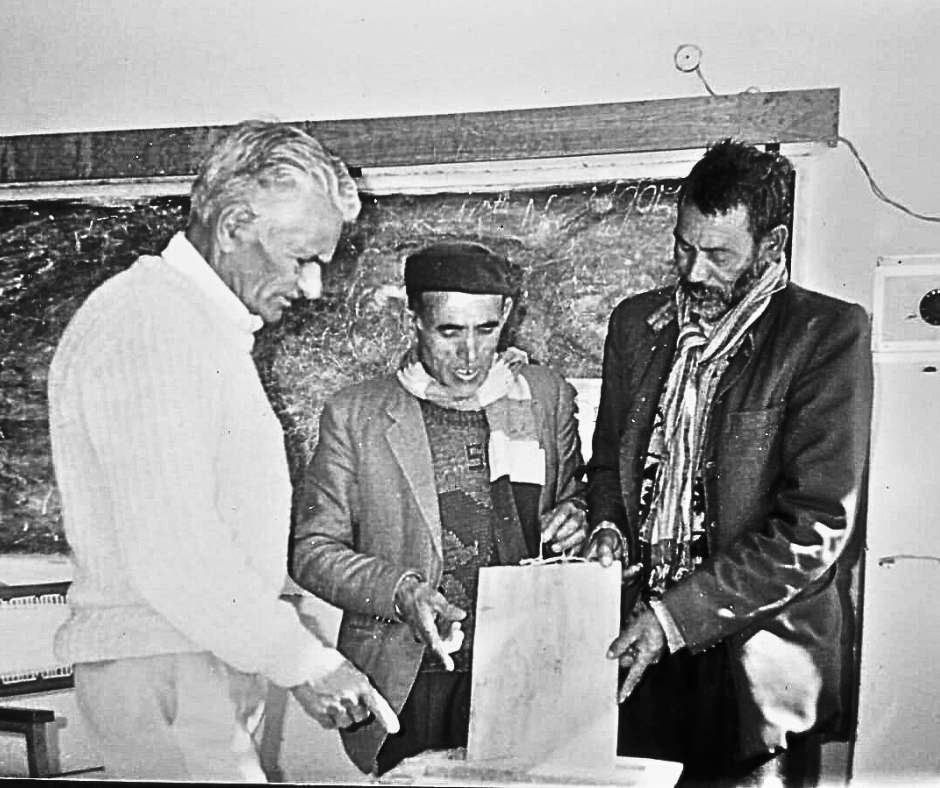
Expansion and Growth (2000-2010)
- Program Diversification: Added off-season vegetable cultivation, spice production (turmeric, cardamom, garlic), and dairy activities.
- Institutional Development: Systematic formation of Community Based Organizations (CBOs) like Producer Groups (PGs), Self-Help Groups (SHGs), Farmer producer’s organization (FPO), Village Development Committee (VDC) etc.
- Capacity Building: Strengthened focus on training and skill development programs.
- Women's Empowerment: Developed specialized focus on women-led initiatives
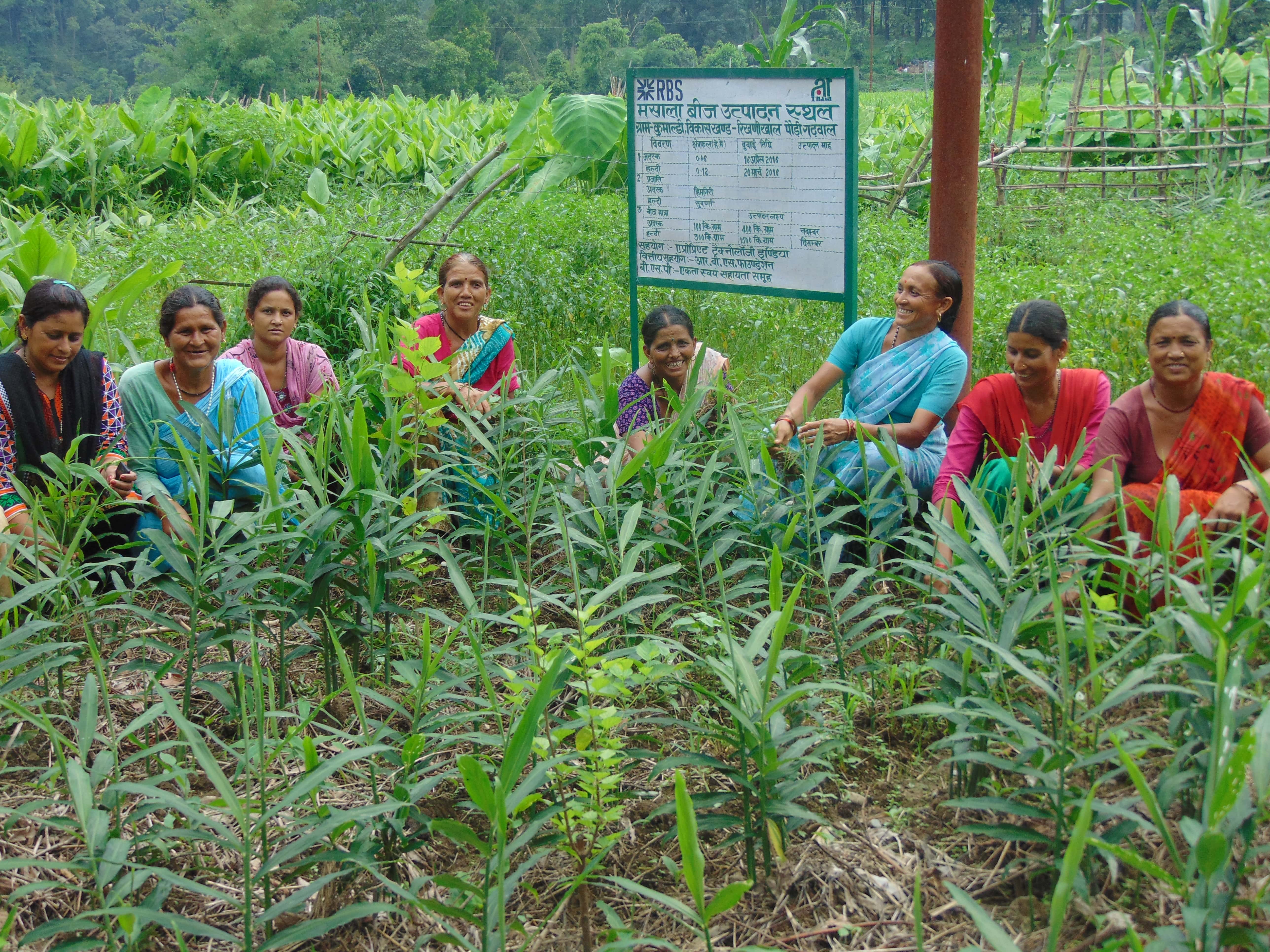
Maturation and Scale Achievement (2010-2025)
- Household Reach: 21,000+ households across 998 villages
- Women Beneficiaries: 18,000+ women actively engaged
- Community Organizations: 2,367 Self Help Groups formed
- Enterprise Development: 20+ Farmer Producer Organizations established
- Environmental Impact: 1,000+ hectares under plantation with 95% survival rate
- Beekeeping Scale: 6,000+ households involved in Apis cerana beekeeping
Major Historical Event: Kedarnath Disaster Response (June 2013)
A defining moment in AT India's history came during the June 2013 Kedarnath disaster. When devastating floods struck Uttarakhand, claiming over 5,700 lives and leaving 1,20,000 people stranded, AT India demonstrated exceptional disaster response capabilities.
AT India's Contribution:
- Immediate relief coordination in remote villages using local knowledge
- Community mobilization to support massive rescue operations
- Long-term rehabilitation and livelihood restoration programs
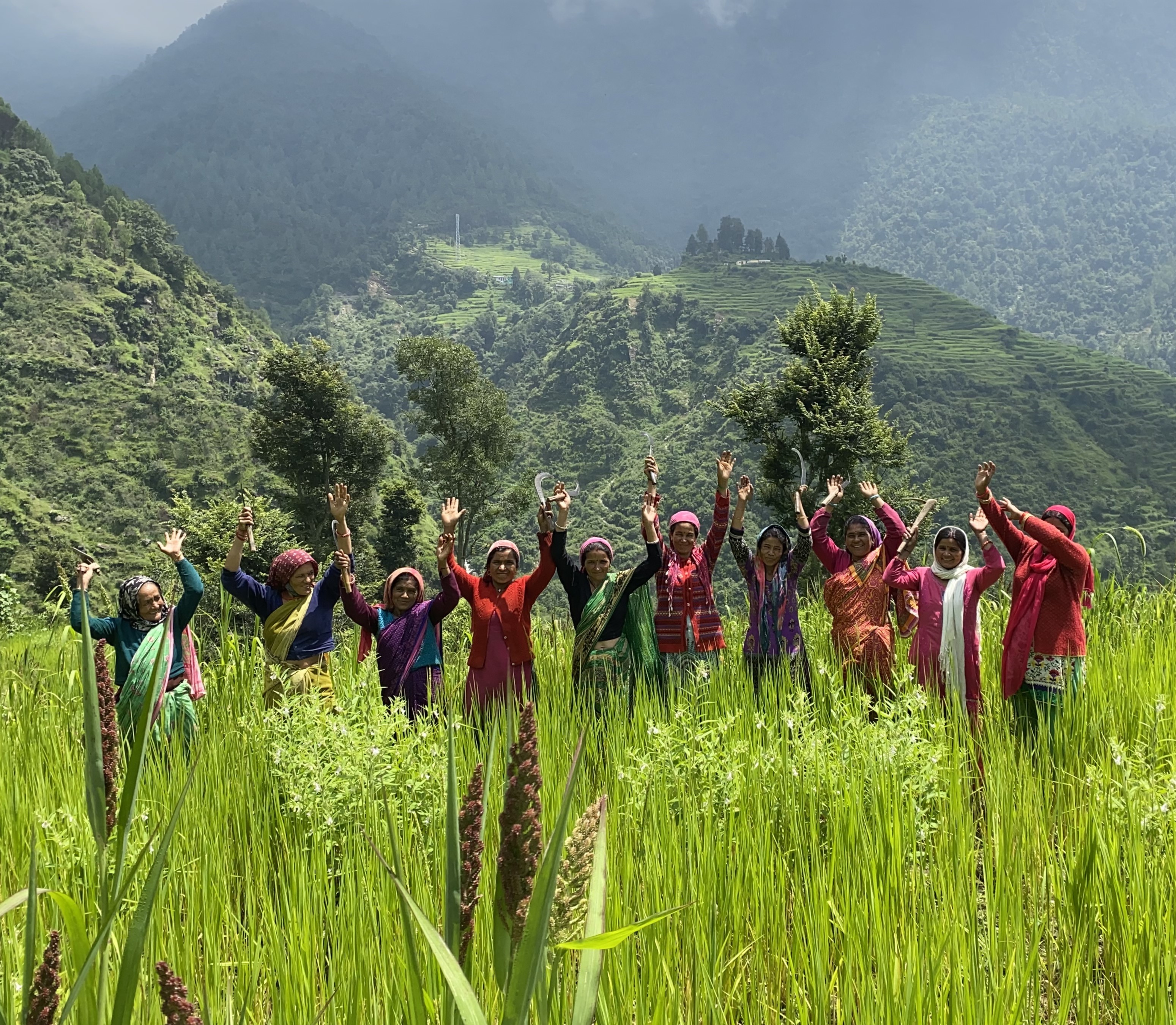

“From the highest peaks to the remotest valleys, our history is a testament that when communities stand with nature, resilience becomes tradition, livelihoods become legacies, and hope becomes heritage..”
Join With Us

